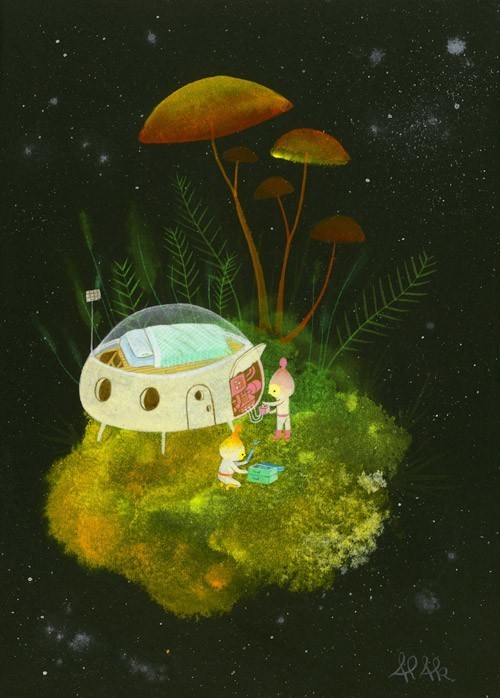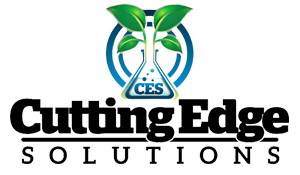
Being more than 200 miles away from Earth, and with food deliveries estimated at costing on average $10,000 each, NASA continues exploring methods of growing and maintaining food sources in space. This issue becomes a more realistic concern as goals for future missions include increasing the length of time for exploration or space station stays. Developing methods of growing plants holds a promising solution for ensuring a healthy diet.
Live vegetation would also reduce harmful carbon dioxide levels while enhancing oxygen levels inside crafts. Gardening would also serve as a recreational activity having positive psychological benefits. However, the unique environment found in space poses unique challenges. Scientists must evaluate a number of unusual factors including light sources, temperature control, carbon dioxide and gravity.
Unique Challenges of Gardening Hydroponically in Space
Initially, researchers at Kennedy Space Center combined green onions, lettuce and radishes in hydroponic nutrient rich growth chambers to assess how well varied species grow together. Some species emit compounds that could pose a danger to other plants. Conversely, certain plants consume more nutrients than others. Plants also differ in growth rate, pressure, light and temperature requirements. Successful gardening in outer space means that scientists must resolve numerous environmental factors.
Gravity is another unique factor that plants must survive in space. Researchers were at first concerned that a lack of gravity might interfere with a plant’s ability to form healthy root and stem systems. They feared that the strange conditions may skew the way roots and stems normally grow away from the seed. However, the team was pleasantly surprised to discover that weightlessness had no affect on a plant’s ability to flourish.
At the space station, the study involved placing flower seeds in nutrient rich petri dishes. Researchers monitored the germination and growth processes via images four times a day. Once germination occurred, the roots naturally extended and branched out away from the seed. Scientists concluded that the roots reacted in search of moisture and nutrients in addition to finding a means of avoiding the light.
VEGGIE
More recent developments include the Vegetable Production System nicknamed VEGGIE, which would provide astronauts with a complex, self-contained hydroponic growing system. In addition to having the ability to grow vegetables, the advanced technology involved in the unit would progress plant growth from seed to harvest in as little as 28 days. However, before the astronauts might enjoy the fruits of their gardening labors, the harvest must return to Earth for testing to ensure biological safety.
Artwork by APAK





















 © 2017
© 2017
Recent Reviews